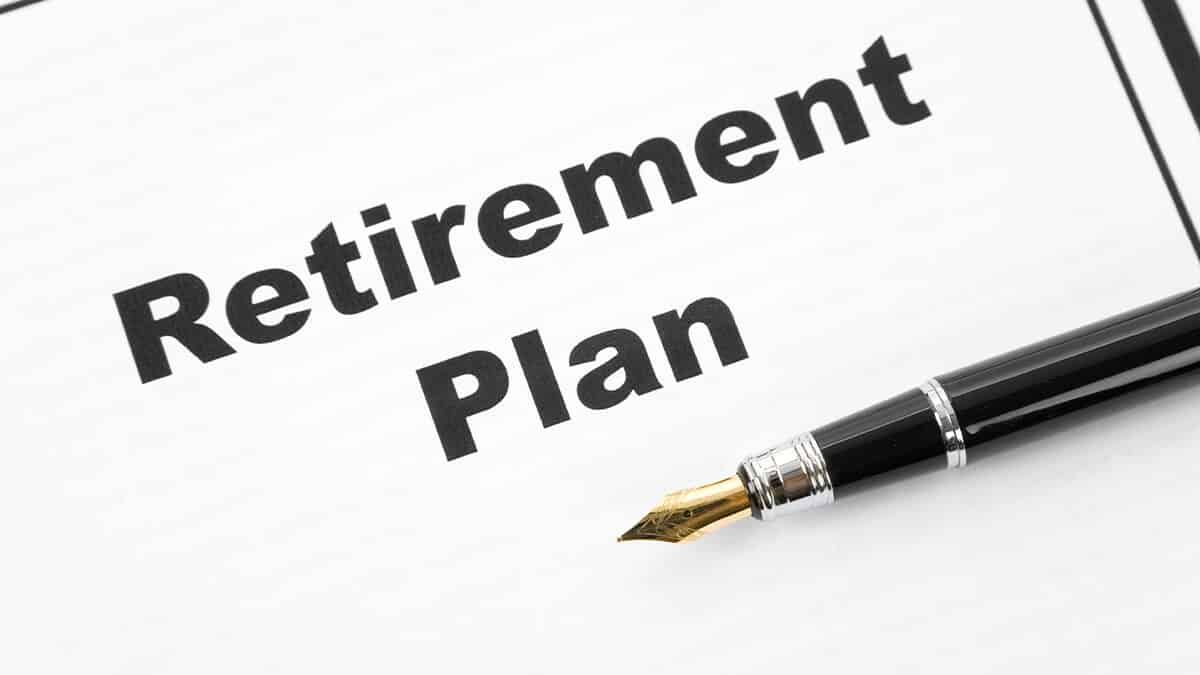Your 30s represent a pivotal decade for financial planning, where career stability meets growing responsibilities. While retirement may seem distant, this is actually the perfect time to build a robust retirement strategy that will secure your financial future. The power of compound interest works best when you have time on your side, making your 30s the ideal launching pad for wealth creation.
During this decade, you’re likely earning more than ever before, yet facing new financial obligations like home purchases, family planning, and lifestyle upgrades. The key is balancing these immediate needs with long-term retirement goals. Starting your retirement planning now means you can take advantage of aggressive growth strategies while having enough time to weather market fluctuations. With proper planning, even modest monthly investments can grow into a substantial retirement corpus through the magic of compounding.
Setting Clear Retirement Goals
The foundation of any successful retirement plan begins with defining your retirement vision. Consider what lifestyle you want to maintain, your desired retirement age, and anticipated expenses during your golden years. A 30-year-old with current monthly expenses of Rs 30,000 will need approximately Rs 1.33 lakh monthly by retirement, assuming a 5% annual inflation rate.
Calculate your retirement corpus requirement by factoring in inflation, healthcare costs, and life expectancy. For someone retiring at 60 with a life expectancy of 80 years, the total retirement corpus needed could be around Rs 5.3 crore. This might seem overwhelming, but breaking it down into monthly savings targets makes it achievable.
Optimal Savings Strategies for Your 30s

Aggressive Savings Rate
Aim to save 15-20% of your income specifically for retirement. This aggressive approach is possible in your 30s because you have time to recover from any market downturns while benefiting from long-term growth potential.
Automate Your Retirement Savings
Set up automatic transfers from your salary account to retirement savings accounts. Treat retirement savings as a non-negotiable monthly expense, similar to rent or utilities. This “pay yourself first” approach ensures consistent contributions regardless of other financial pressures.
Maximize Employer Benefits
Take full advantage of employer-provided retirement benefits, including EPF contributions and any matching programs. These represent free money toward your retirement and often come with tax advantages.
Investment Strategies for Long-Term Growth
Equity-Heavy Portfolio
With a 30-year investment horizon, you can afford to be aggressive with equity investments. Consider investing in equity mutual funds through Systematic Investment Plans (SIPs), particularly in diversified equity schemes. A monthly SIP of Rs 10,000 in a mid-cap fund from age 30 to 60 could potentially create a corpus of Rs 5.5 crores.
Diversification Approach
While equities should dominate your portfolio, maintain some diversification across asset classes. Include debt instruments, Public Provident Fund (PPF), and National Pension Scheme (NPS) for tax benefits and stability.

Step-Up Investments
Implement a step-up strategy where you increase your monthly investments by 5-10% annually as your income grows. This approach can significantly boost your final retirement corpus without feeling the pinch of larger contributions.
Tax-Efficient Retirement Planning
Leverage tax-advantaged retirement instruments to maximize your savings efficiency. Contribute to EPF, PPF, and NPS for immediate tax deductions under Section 80C. Equity-linked savings Schemes (ELSS) offer both tax benefits and growth potential through equity exposure.
Consider the tax implications of different retirement accounts and plan your withdrawals strategically. Understanding the tax treatment of various instruments helps optimize your retirement strategy.
Risk Management and Insurance
Protect your retirement plan with adequate life and health insurance coverage. A term life insurance policy covering 10-12 times your annual income ensures your family’s financial security if something happens to you. Health insurance protects your retirement savings from unexpected medical expenses.
Building an emergency fund covering 3-6 months of expenses prevents you from dipping into retirement savings during financial emergencies.
Regular Review and Adjustment
Your retirement plan isn’t a set-and-forget strategy. Review your progress annually and adjust contributions based on income changes, life events, and market conditions. As you approach your 40s, gradually shift toward more conservative investments while maintaining growth potential.
Track your progress against your retirement goals and make necessary adjustments to stay on course. Regular monitoring ensures you remain aligned with your retirement objectives despite changing circumstances.
Starting retirement planning in your 30s provides the luxury of time and the power of compounding. With disciplined saving, strategic investing, and regular monitoring, you can build a substantial retirement corpus that ensures financial independence in your golden years.
